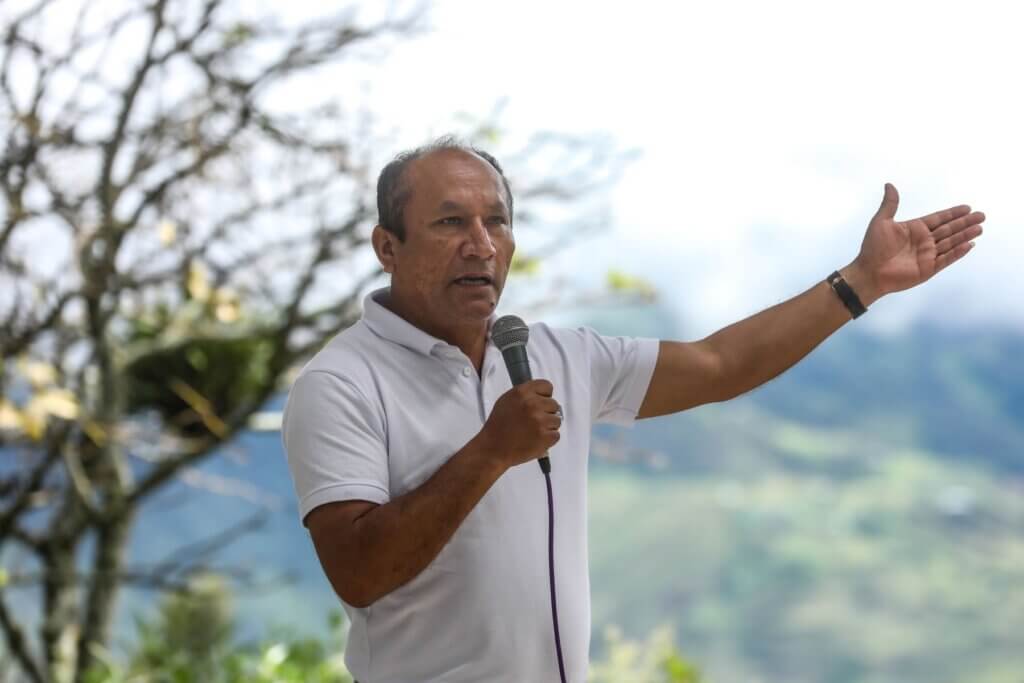The Line 2 of the Lima Metro has been experiencing a series of setbacks leading to a two-year delay in its opening date, now scheduled for 2022.
The line was originally scheduled to have all 27 stations open by May 2020. The first part of Line 2, a 3.1-mile stretch with 5 stations connecting Ovalo de Santa Anita to Vía de Evitamiento, was supposed to start operations in February 2017.
Causes for the delay come from both the government and the contractor, Metro de Lima Línea 2 S.A.
The government failed to meet the deadline for the expropriation of properties that would provide the required land for the execution of the project—requiering the concession-winning contractor to request an arbitration from the World Bank’s International Centre for Settlement of Investment Disputes (ICSID).
The situation was only resolved recently; on July 25th, the Minister of Transportation and Communications, Bruno Giuffra, stated, “We have succeeded at unblocking the Metro Line 2 project; the contractor and the State have sorted out their disagreements after one year and a half of negotiations.” Work at Ovalo de Santa Anita has resumed since then.
The contractors must also shoulder some of the blame for the delay, as late submission of technical studies for some stations also pushed back the start date. Some of these studies were overdue for over a year and were only submitted last February, when the line was supposed to already have a few operational stations.
Delays were foreseen as early as 2016, two years after the concession was awarded at an estimated cost of $5.8 billion, an amount likely to increase as the project remains behind schedule.
Line 2 is being constructed 80 feet underground, featuring 27 stations along 16 kilometers from Ate, east of Lima, to Callao on the west. Line 1, finished in July 2014, is currently having five key stations expanded to curb severe overcrowding and long queues during rush hour.
The Ministry of Transportation recently requested new studies for Lines 3 and 4, arguing that the original ones, proposing a fully underground line, require corroboration from external experts for feasibility and integration.









